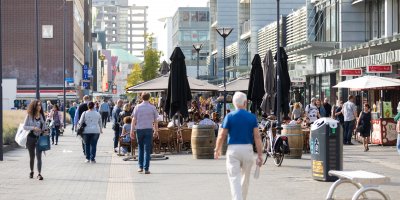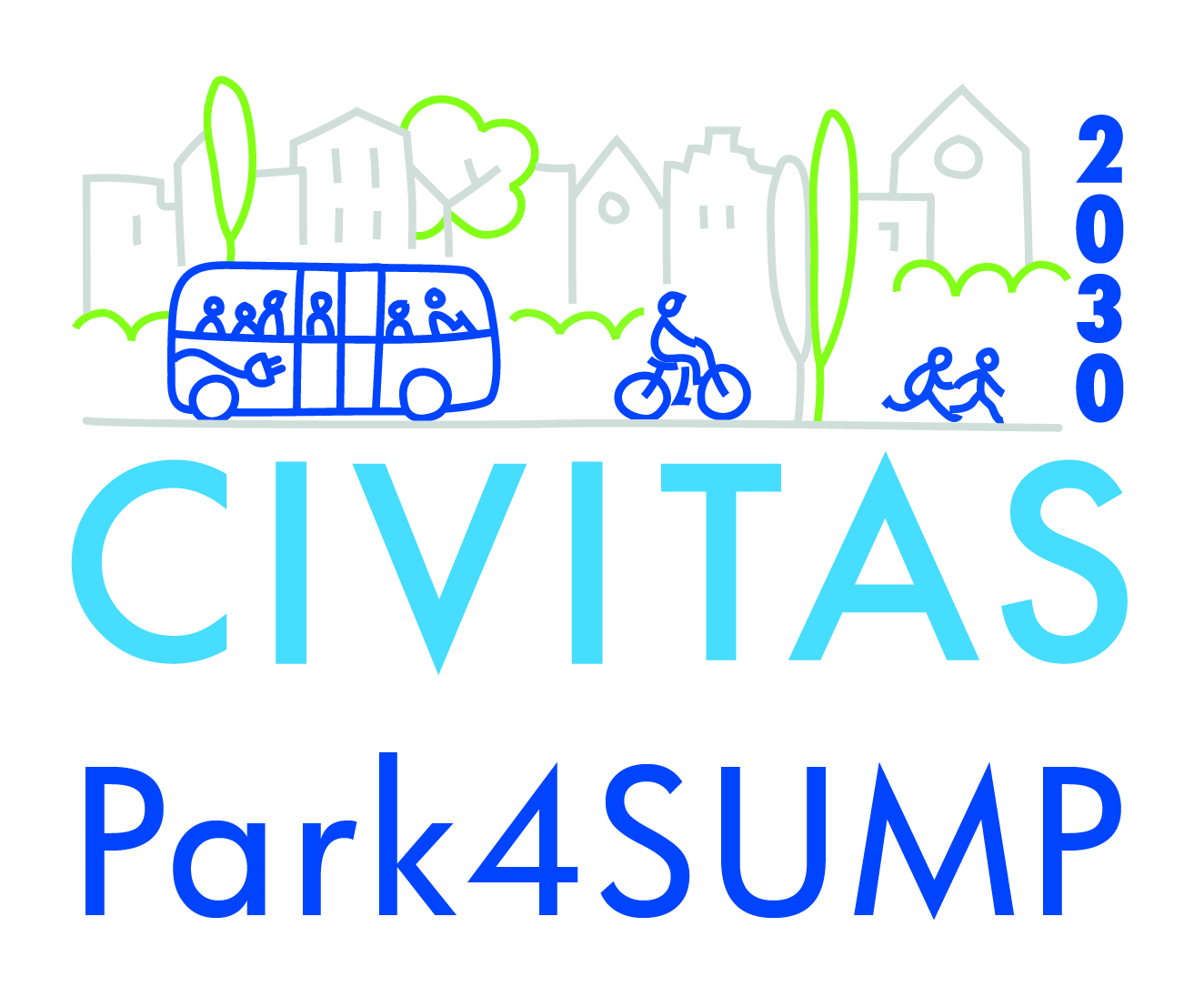Social benefits of eliminating on-street parking spaces in shopping streets

Many European cities removed on-street parking spots from historic districts and shopping streets to give priority to residents, visitors and shoppers. Positive effects like reduced carbon emissions the relieve of congestion in city centres, efficient land use or revitalized public squares were measured in Madrid, Copenhagen and Oslo. Besides these health benefits, economic advantages are often being questioned.
In Brussels, the ULB university of Brussels, conducted research to objectify the perception of retailers in shopping streets. In advance, many retailers feared financial blows and fewer consumers due to reduced car accessibility in the planned pedestrianisation of shopping streets. In fact, the retailers’ perception about their consumers’ mean of transport appeared to be erroneous. Only a minority of shoppers came by car and indicated that a transformation into a pedestrian zone would increase the frequency of visits. Similar studies in Rotterdam and Copenhagen confirm this observation. Florine Cuignet, policy officer at the local cyclists’ union GRACQ Brussels, concludes as follows: “Retailers don’t consider general trends in their consumers’ mobility. The transformation of commercial arteries into more user-friendly shopping areas (with e.g. more green areas, wider sidewalks, the removal of motorised traffic, more space for terraces) has a positive impact on the local economy. Shopping streets become more attractive and it seems that pedestrians and cyclists spend at least as much as car shoppers.”
Creating such walkable environments result in beneficial activities. Successful shopping districts are affected by the quality of public space, since socializing, waiting, shopping and eating become more pleasant in areas easy accessible for pedestrians. In Seattle, Washington an increase (up to 400%) in sales volumes was observed after bicycle lane installation in shopping streets. In Toronto, Canada ‘slow’ customers spent most per month on average and visited shops more often. Research in British shopping districts showed higher expenditures by consumers who travel by walking than by other modes of transport.
In truth, visit the most thriving commercial areas in any city. The ones full of shops, restaurants and people can be found in high-quality pedestrian areas. The global pandemic brought forward many incentives to design public space in a sustainable way, which means planning for people. In life after COVID, Europeans want to maintain their cities car free. A survey conducted by Politico claims that the main cities in France, Italy, Germany, Spain, the U.K. and the Brussels metropolitan area want to see the level of air pollution reduction maintained. By including car access restrictions in city centres and levelling up the quality of residential zones they make the shift to more liveable and human-centred cities.
